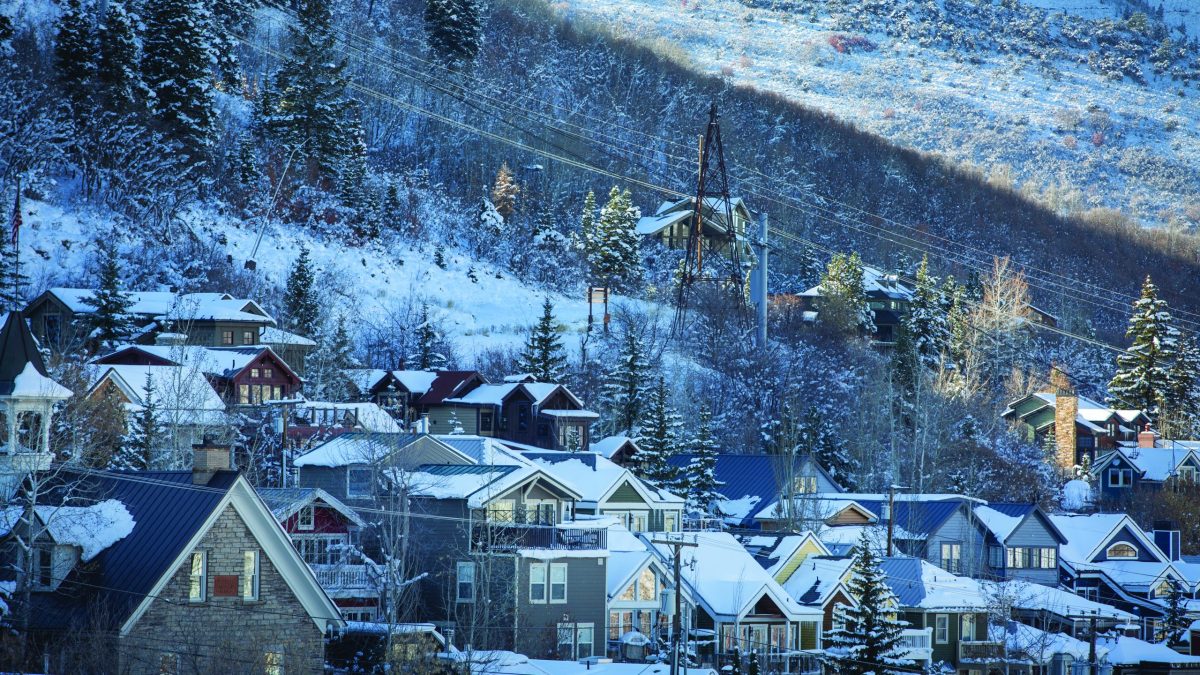It’s a good time to be selling a house in the Park City area. Plenty of people see it as an opportune moment to be buying one, as well.
The Park City real estate market has continued to boom in 2021, a continuation of a record surge that started in the months after the coronavirus pandemic hit and people began flocking here for access to outdoor recreation and wide-open spaces.
According to second quarter statistics released by the Park City Board of Realtors, the number of single-family home sales rose 65% between April and June in Summit and Wasatch counties compared to the same period in 2020, while condo sales increased 76%. The median sales price for single- family homes soared to $1.44 million on the Wasatch Back, a 58% spike, while that figure hit $717,600 for condos, a 9% increase.
Activity was particularly brisk in Park City proper and the Jordanelle area, but nearly every area the Board of Realtors tracks saw increased sales — of both single-family homes and condos — and higher sales prices.
Jamie Johnson, the CEO of the Board of Realtors, said the trend of people coming to Park City to ride out the pandemic seems to still be at play.
“I do think that’s still the case,” she said. “I think that there’s the component of so many other states are not as progressive as Utah has been when it comes to schools reopening, to the community reopening, and so we’re seeing individuals who may want to move away from the areas that they’re in where their kids can’t go back to school, or their families aren’t able to re-engage into the community.”
A lingering question that many Parkites have is whether the buyers who’ve moved here during the pandemic plan to stick around when the crisis is over.
To Johnson, it’s still too early to say. But it’s possible that after a few winters of shoveling snow, some will decide to return to where they came from.
“There’s still so much uncertainty in our country and the direction of the pandemic and what’s going to happen,” Johnson said. “I don’t think there can be a call on that yet. I think, just personally, that people came here for the lifestyle and for the beauty of our state and area, but I could see in a few years there being this exodus back to where they came from because if they came from Southern California, this isn’t Southern California. (But) there’s too many factors to give an answer to that question, honestly.”
Regardless of whether the newcomers ultimately put down roots, Johnson sees plenty of reason to believe the real estate market in Park City will continue at something similar to the current pace. That’s true even if the industry nationwide, which has surged since last spring, slows over the next couple of years.
Perhaps the only hiccup in the market is a tight inventory, which Board of Realtors President-elect Rene Wood said is likely to be an “ongoing issue for a while,” even in places like the Heber Valley where the bulk of homes in the area are being built. But inventory shortages are unlikely to reverse the sales trends seen since last spring.
“Over many years, we can see statistics showing that our market doesn’t ebb and flow like the rest of the country does,” Johnson said. “Even in the downturn of 2008, (Park City) didn’t dip the way the rest of the country dipped. So I don’t know that I see this major fallout in the next few years. I think we’ll continue to be this place people want to live and people want to have second homes.”
Beyond the horizon
While the Heber Valley and Kamas Valley may not have the allure and name recognition of Park City, people are finding out that they have plenty to offer prospective homebuyers. Those areas continue to be two of the areas in the region experiencing significant growth.
According to second-quarter data from the Board of Realtors, single-family home sales were up 26% in the Heber Valley and 50% in the Kamas Valley. They saw increases in the median sales price of 40% and 45%, respectively.
Rene Wood, the Board of Realtors’ president-elect, said buyers who can’t afford a place in Park City or the Snyderville Basin see the areas as attractive alternatives. They have their own amenities and perks and are still within a short drive of the ski resorts.
“Heber Valley has always been the place where people come in, they look in Park City and can’t afford Park City … so they come over the hill over here,” Wood said. “But our prices have gone way up.”

